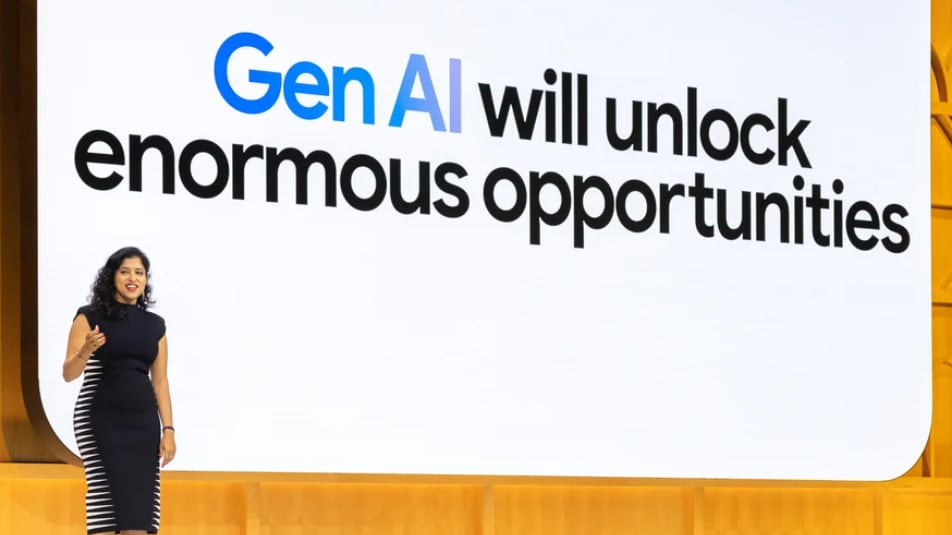Google is testing new AI-powered ad experiences in Search and also plans to roll out immersive shopping ads for advertisers soon. The tech giant is also introducing new ad formats and features to help businesses engage with viewers on YouTube. The company announced new tools for advertisers as it rolls out ads in AI Overviews.
Today AI-powered tools are helping advertisers solve for a key challenge – scalability. “This technology is helping us better meet advertisers’ needs and unlock new possibilities across the marketing process, from new immersive ads experiences to high-performing creative assets. As we build this next era of marketing together, we’re sharing our latest creative asset generation controls, new ads experiences, visual storytelling features and more at Google Marketing Live (GML),” said Vidhya Srinivasan, Vice President and General Manager, Ads, Google.
Advertisers will soon be able to enhance their Shopping ads with immersive visuals, including Virtual Try-On and generated 3D ads. Google is introducing a feature that lets shoppers dive deeper into an ad to see product videos, summaries and similar products provided by the advertiser.
It is also currently testing a new ad experience in Search to help guide people through complex purchase decisions. Beyond visually immersive ads, there are opportunities to connect with consumers on our most visually immersive channels — YouTube, Discover and Gmail. So, Google launched Demand Gen campaigns last year, which can reach up to 3 billion users monthly, according to Google. These campaigns have helped advertisers drive demand and conversions, and soon Google will roll them out to even more advertisers on Display & Video 360 and Search Ads 360.
YouTube Shorts has over 2 billion logged-in users every month, discovering through short-form video. Google is introducing new formats and features to help businesses engage with these viewers, including vertical ad formats, ad stickers to drive action, and new animated image ads automatically created from images in advertisers’ accounts and Demand Gen product feeds.
Ads have always been an important part of consumers’ information journeys. At Google I/O, the company announced that AI Overviews in Search are rolling out to everyone in the U.S., with more countries coming soon. AI Overviews will appear in search results when they’re particularly helpful beyond what Search offers today.
“With AI Overviews, people are visiting a greater diversity of websites for help with more complex questions; we also see that the links included in AI Overviews get more clicks than if the page had appeared as a traditional web listing for that query. In fact, we’ve found that people who use AI Overviews actually use Search more and are more satisfied with their results. And when people click to links from AI Overviews, these clicks are higher quality, where users are more likely to spend more time on the site. As we continue to test and evolve the Search experience, we’ll remain focused on sending valuable traffic to publishers and creators,” Srinivasan said.
In early testing, Google has heard that people find the ads appearing above and below the AI-generated overview helpful, the company said, adding that it will soon start testing Search and Shopping ads in AI Overviews for users in the U.S. They will have the opportunity to appear within the AI Overview in a section clearly labeled as “sponsored” when they’re relevant to both the query and the information in the AI Overview. There’s no action needed from advertisers: Ads from existing Search, Performance Max, and Standard Shopping campaigns have the opportunity to appear within the AI Overview.
Google also emphasized that businesses need a strong measurement strategy built on a foundation of first-party data. Srinivasan said, “Many businesses have data from different sources, from conversion data to email lists and surveys. Until now, getting a complete picture has been very complex, especially for small businesses. But we’re making that much simpler for advertisers with Google Ads Data Manager, which is now available to everyone.”
She added, “As we move forward, we’ll continue to test and learn new formats, getting feedback from advertisers and the industry.”
